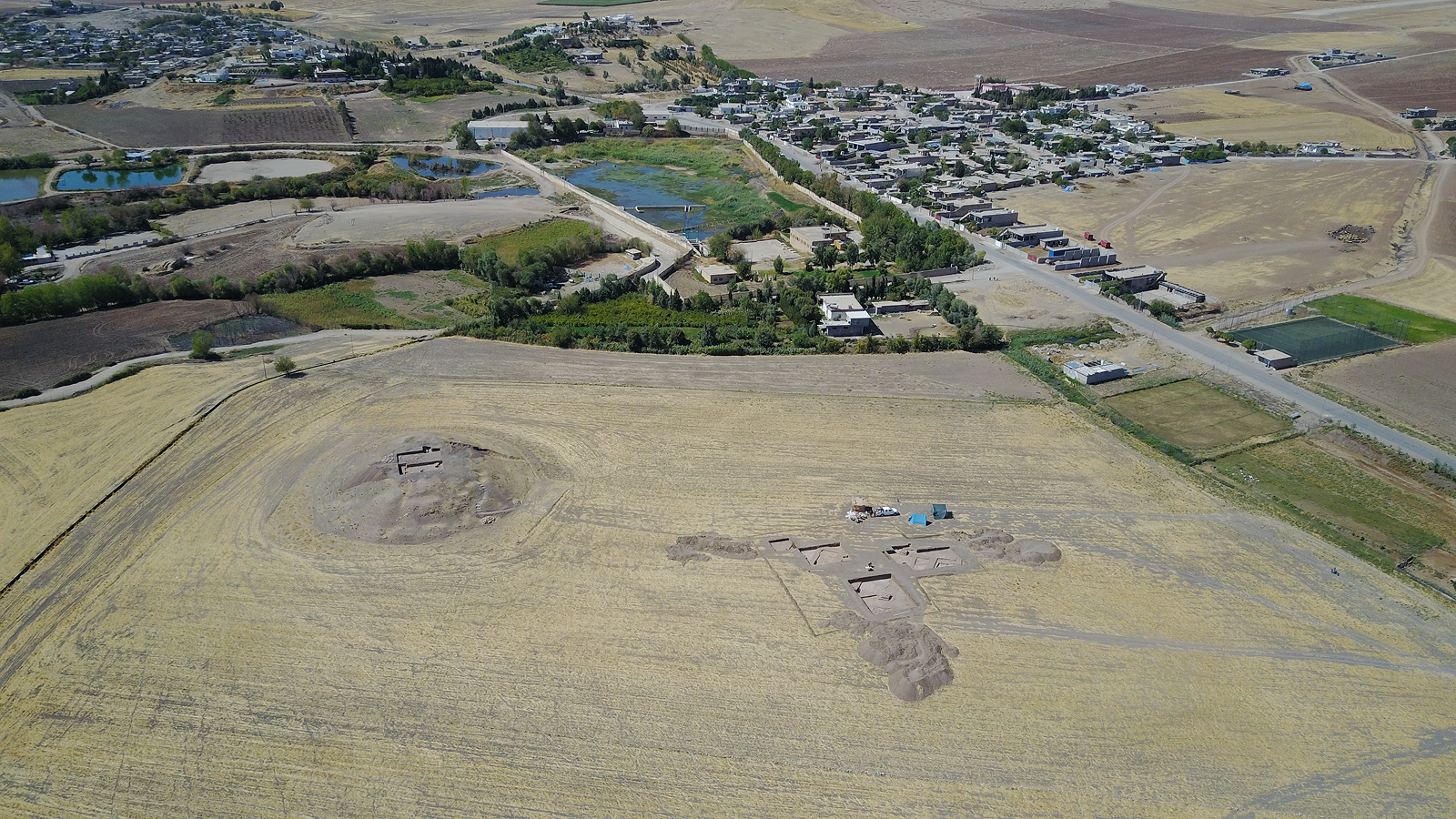Ancestors of 'veggie' dinosaurs actually feasted on meat
Researchers analyzed the teeth of the earliest dinosaurs to determine what they ate.

It's long been believed that Tyrannosaurus rex was a meat-eating maniac while long-necked dinosaurs serenely chomped away at leaves in the background. However, a new study suggests that dinosaurs' diets were far more diversified than previously thought.
To get a better idea of what different dinosaurs actually ate, paleobiologists from the University of Bristol in England examined CT (computed tomography) scans of the skulls of several dinosaur genera, including small bipedal Thecodontosaurus and long-necked Diplodocus, both considered herbivores, and created 3D models of their teeth.
"Teeth can give good clues about what an animal eats because they are our tools to break down food," Antonio Ballell Mayoral, the study's lead author and a senior research associate in the School of Earth Sciences at the University of Bristol, told Live Science in an email. "As such, it's expected that different tooth shapes will be efficient at processing different kinds of food items.
"In dinosaurs, we see an impressive diversity of tooth types, including blade-like, conical, triangular, leaf-shaped, etc.," he added. "This is an indication that dinosaurs evolved different feeding habits and specialized into a wide range of diets. Interestingly, many of these different kinds of tooth shapes were already present in the earliest dinosaurs, suggesting they might have been quite diverse."
Researchers then compared the shape and function (bite force) of dinosaur teeth to those of living reptiles, such as different species of lizard, including monitor lizards and skinks, as well as geckos, snakes and crocodiles.
Related: Ravenous meat-eating dinosaur's guts preserved in exceptionally rare fossil
"Our knowledge of the relationship between tooth shape and diet is based on information from living species," Ballell Mayoral said. "For instance, sharp and curved teeth are better at piercing and cutting soft food items like meat, and they are typical of carnivores. On the other hand, straight teeth with denticles [serrations] are more efficient at breaking down tougher items like some plants and insect exoskeleton, and they're present in herbivores and insectivores."
Get the world’s most fascinating discoveries delivered straight to your inbox.
As an example, Ballell Mayoral pointed to the eating habits of some of the earliest known dinosaurs, including bipedal theropods, armored ornithischians and long-necked sauropodomorphs.
"Some of the early dinosaurs [such as theropods] that were classified as carnivores in our study have teeth which are similar to those of monitor lizards, being pointy, curved and finely serrated," he said. "In contrast, iguanas have spear-shaped teeth with coarse denticles that resemble those of the early dinosaurs classified as herbivores [like the ornithischians and sauropodomorphs.]"
In effect, the ancestors of plant-eating dinosaurs didn't restrict themselves to the salad bar. Rather, they were likely chowing down on meat and insects, just like the predators that preyed on them.
The researchers found that many of the earliest dinosaurs adopted "different dietary habits" that were a "very important factor that allows groups of organisms to diversify," he said.
"This study is the first one to demonstrate with modern statistical methods that early dinosaurs explored different kinds of diets and were ecologically diverse," he said. "Our research supports that two of the three main dinosaur lineages, which adapted to a diet of plants, did not start off as herbivores. The sauropodomorphs, early relatives of Diplodocus and other long-necked giants, transitioned from carnivory to herbivory during the Triassic period. And the earliest ornithischians, which gave rise to veggie dinosaurs like Triceratops and the duck-billed dinosaurs much later, might have preferred an omnivorous diet."
And yes, T. rex really was a meat lover.
The findings were published Dec. 16 in the journal Science Advances.
Jennifer Nalewicki is former Live Science staff writer and Salt Lake City-based journalist whose work has been featured in The New York Times, Smithsonian Magazine, Scientific American, Popular Mechanics and more. She covers several science topics from planet Earth to paleontology and archaeology to health and culture. Prior to freelancing, Jennifer held an Editor role at Time Inc. Jennifer has a bachelor's degree in Journalism from The University of Texas at Austin.


